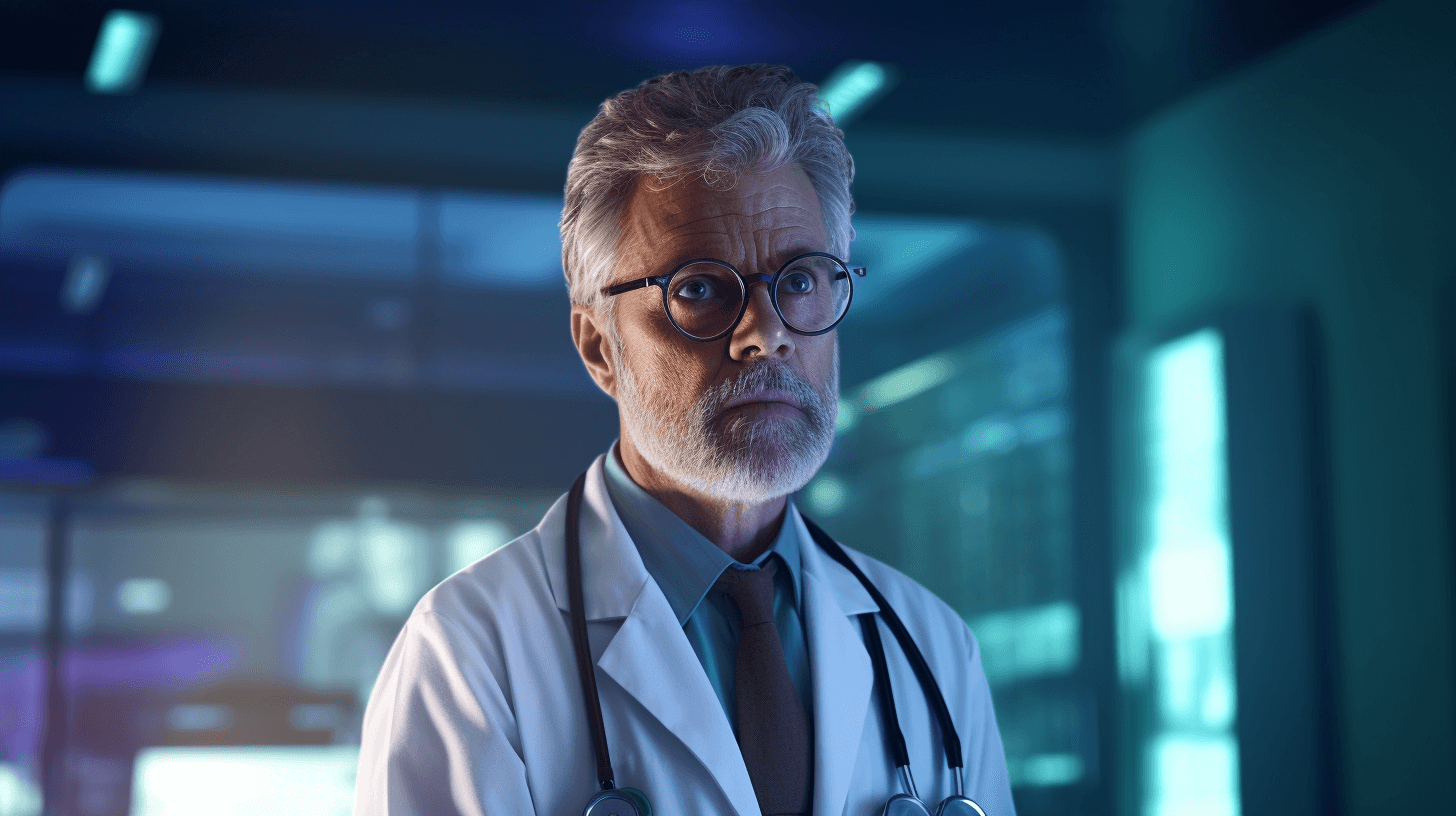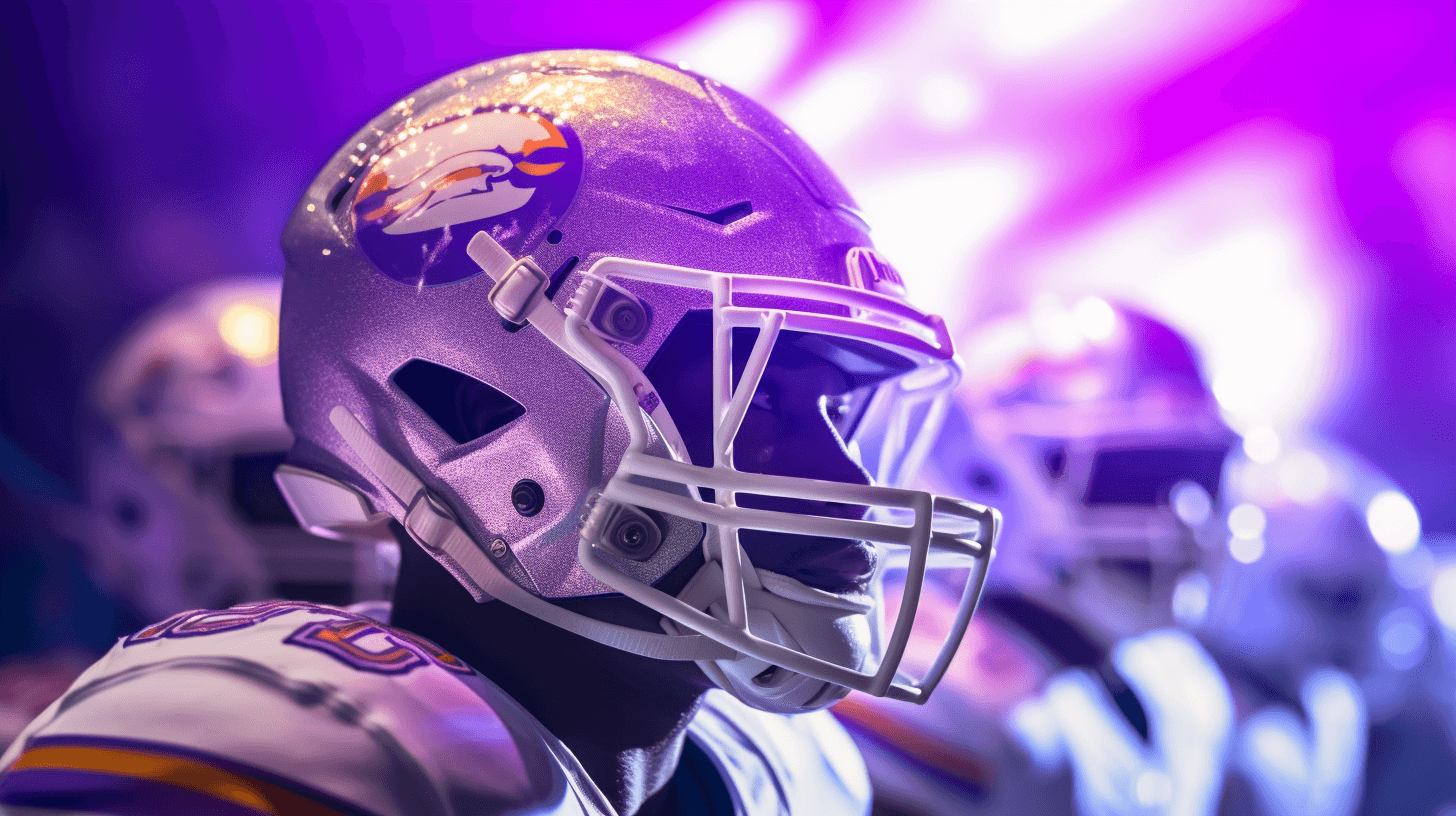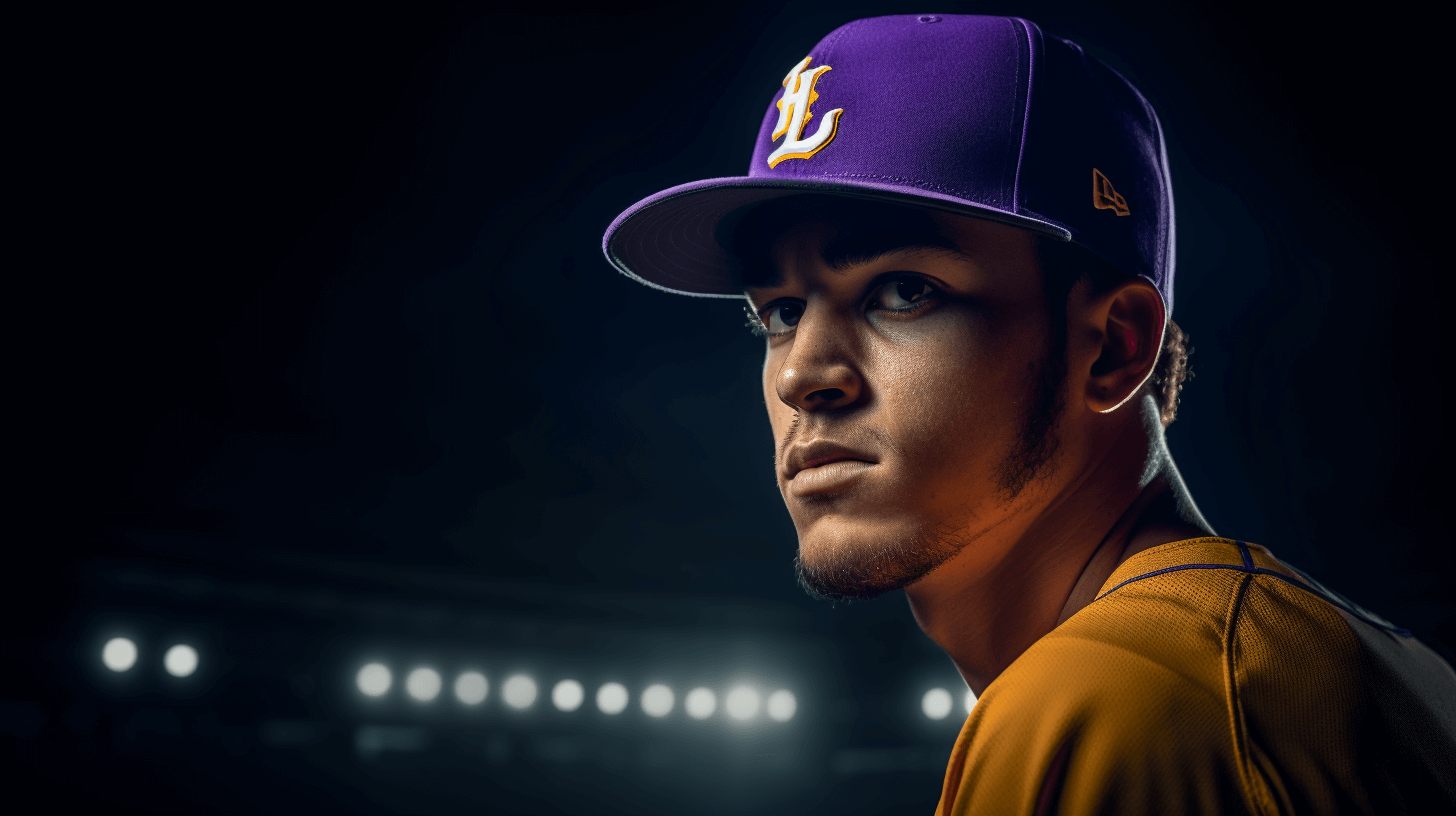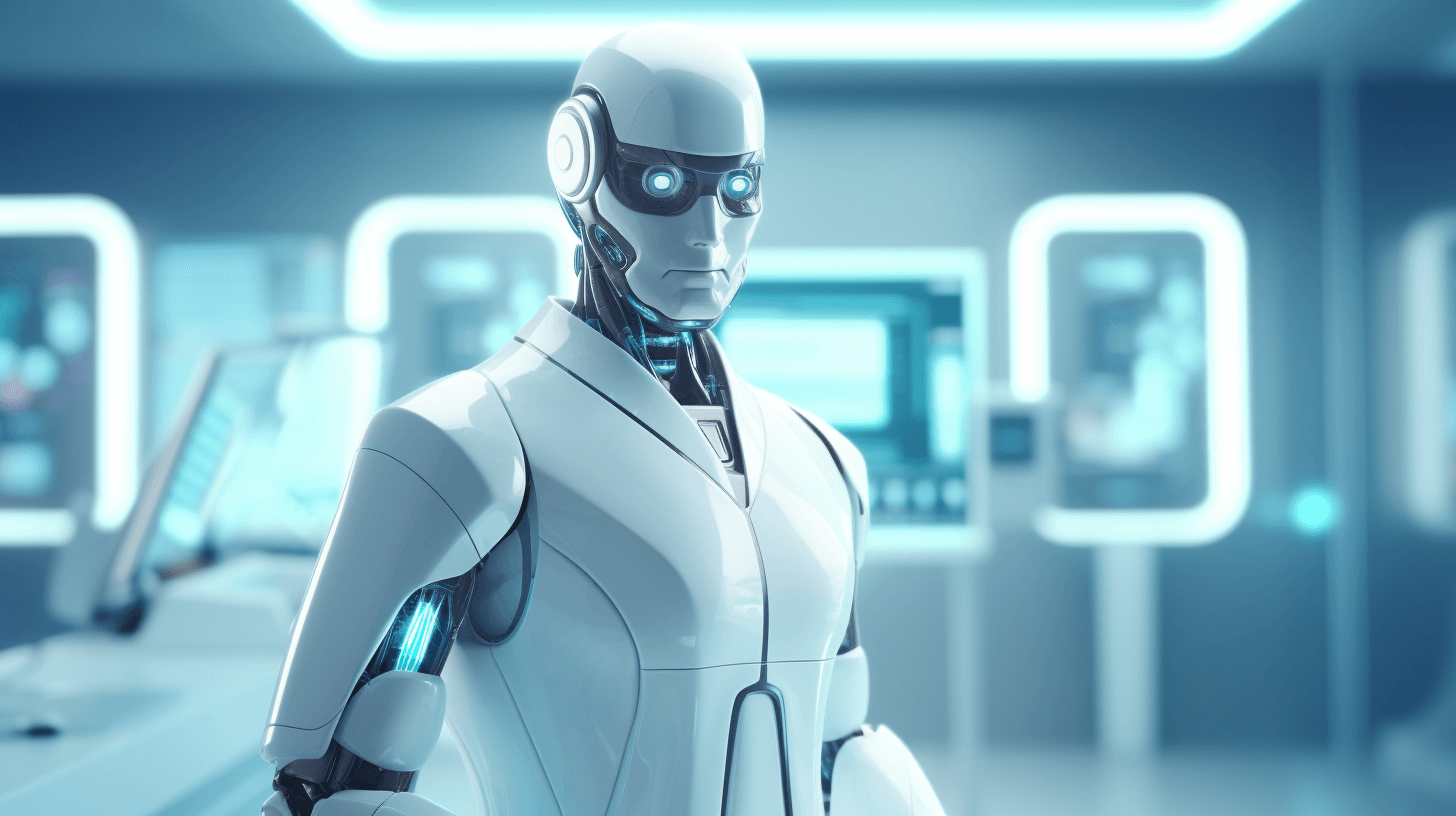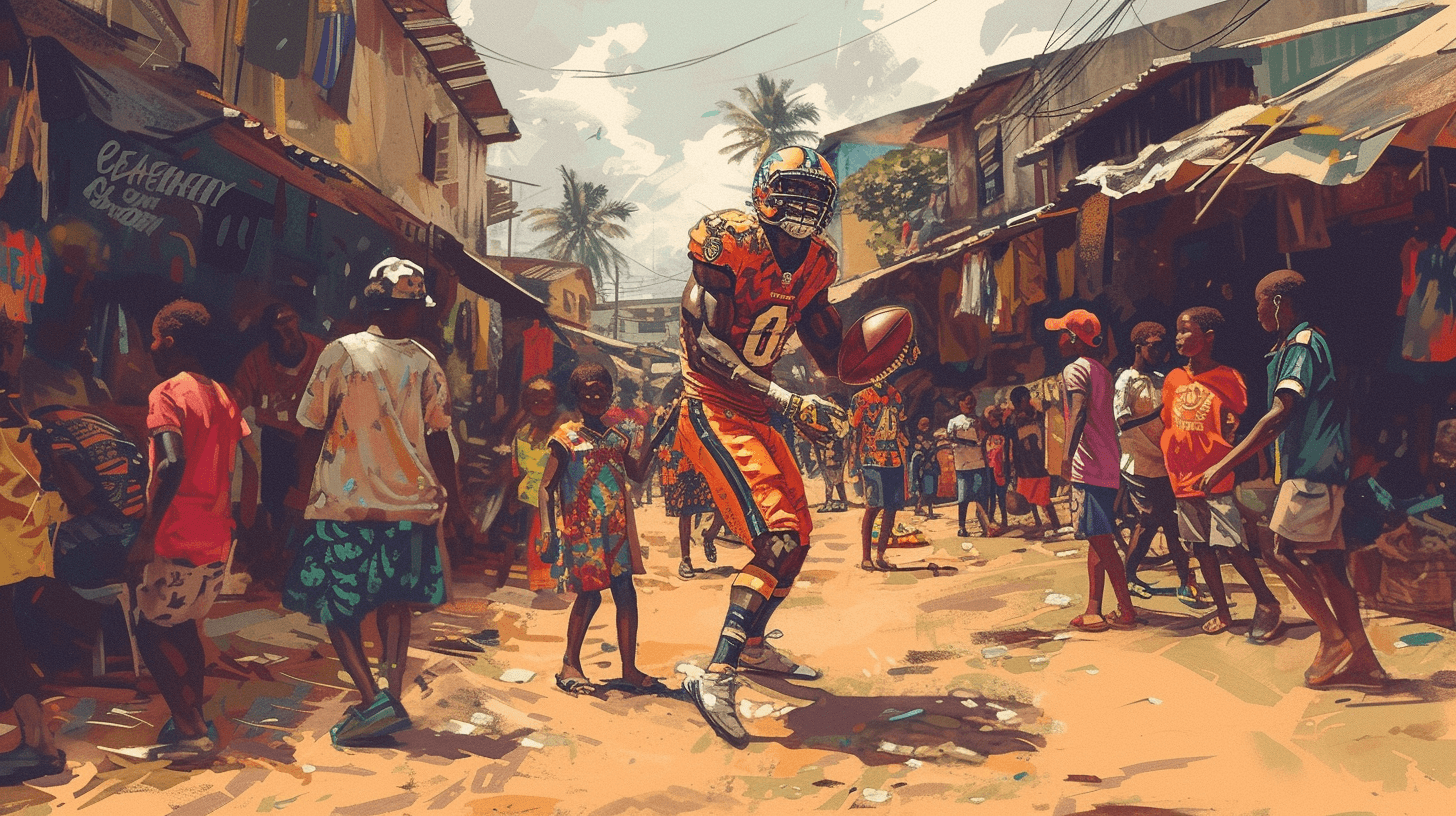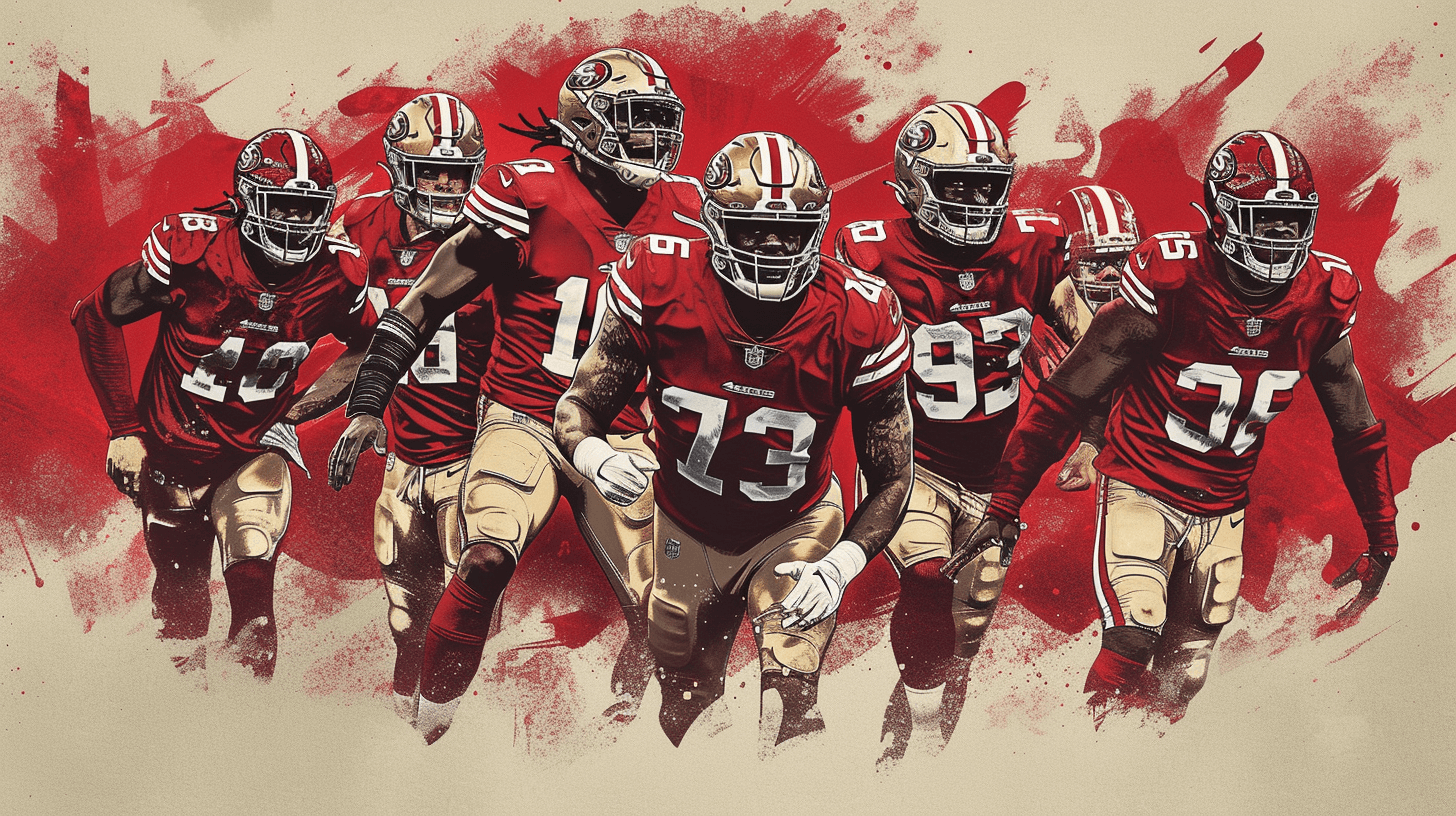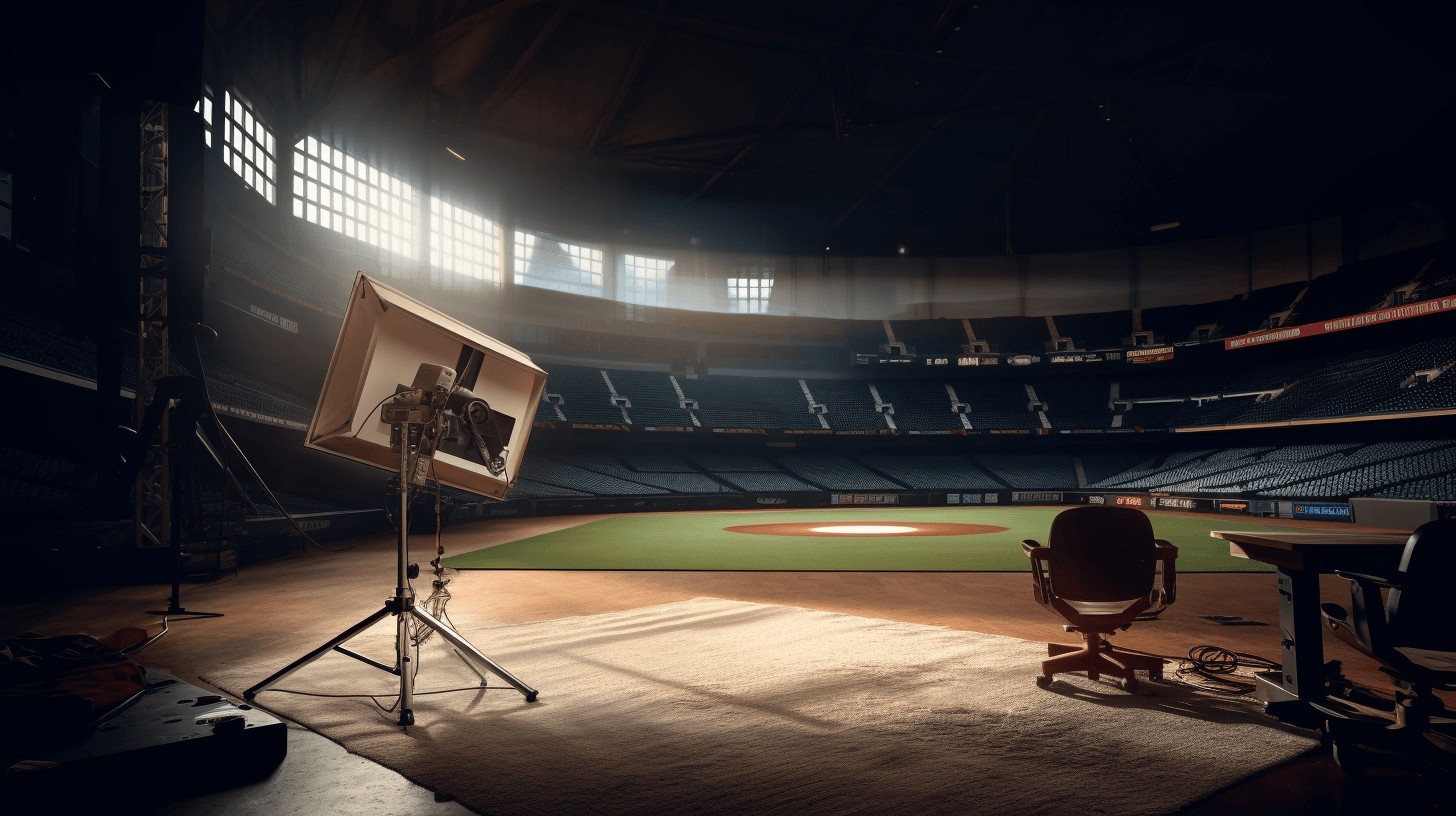👨⚕️🏈 Try Figga Out Why Some N.F.L. Bruddahs Catch C.T.E. Kine Anodda Guys No Catch
Jus wen you tought you seen erryting, Da new National Sports Brain Bank wea dey like check head trauma fo da athletes. You know da guy Jerome Bettis? He wen promise fo give his brain latah. 💀🏈🧠
Joseph Maroon, da kine brain docta, he wen start work wit da Pittsburgh Steelers in 1977, an he seen plenny big names from da real tuff team, like Terry Bradshaw, Mean Joe Greene, and Lynn Swann. 🧠🏥👨⚕️
He wen tell us dat plenty players scared fo da future cause back in da day, nobody was worried bout concussions an dey was all bout contact practice and big hits. Dey all worry now, but he neva seen da big wave of problems dat you might tink gonna happen cause dey was wearing small-kine helmets and da rules was less strict. Plenty things we still don’t know. 🤔🏈💢
Da scientific studies, plenty of dem from da last 15 years, show dat if you get hit in da head plenny times, you might get chronic traumatic encephalopathy (C.T.E.). Most of da research come from da C.T.E. Center at Boston University, dey wen check da brains of hundreds of old N.F.L. players, and even guys from da military. 📚🔬🧪
But Maroon, who before was saying C.T.E. kinda rare and people was making too much big deal, he tinks we gotta know more why some athletes don’t get all da symptoms, like losing memory, not controlling their actions, or being sad all da time, and why oddahs get all of dat and more. So, five years ago, he and da owner of da Steelers, Art Rooney II, dey wen talk story wit da University of Pittsburgh’s Alzheimer’s Disease Research Center about starting a place to study sports-related brain bank dat looks at how old you are, your genes, if you use drugs, how many times you wen get hit in da head, and all kine oddah stuff dat might play a role in getting C.T.E. 🧬💉🏥
So, da result is da National Sports Brain Bank at da University of Pittsburgh, wea dey gonna open official kine dis Thursday. Da Covid-19 pandemic wen slow tings down, but now dey getting promises from athletes like Jerome Bettis and Merril Hoge, who used to be running backs fo da Steelers, dat dey gonna donate their brains wen dey mahke. 🦠🧠⏱
You can only know for sure if get C.T.E. wen da person dead, and doctors still far from making a test for check if da living get C.T.E., so still need people fo donate their brains afta dey die fo help da research. Da center also gonna start finding volunteers, athletes and non-athletes alike, fo share their health histories and be monitored. Dey gonna use dat info and check their brains afta dey die fo see if get any factors dat made dem get or not get C.T.E. 🏋️👴💀
“We don’t know wea da threshold is for C.T.E.,” said Julia Kofler, who gonna be in charge of da sports brain bank. “You certainly see cases dat had very minimal pathology dat had symptoms, and dat’s da question. I tink we really need to have as many cases as we can to answer these epidemiological questions.” 👩⚕️🔎📊
Da National Sports Brain Bank gonna use da stuffs dey got at da Alzheimer’s Disease Research Center, wea get already more than 2,000 brains, but most of them not from athletes. The Sports Brain Bank gonna use seed funding from da Chuck Noll Foundation, da Pittsburgh Foundation and da Richard King Mellon Foundation fo find volunteers for the long-term study and people willing to pledge their brains. 💰🏥🧠
Maroon, Kofler and oddahs in Pittsburgh acknowledge da work of doctors at Boston University, who been da undisputed leaders in C.T.E. research. Da researchers dea get more dan 1,350 brains not just from football players, but also from athletes who played hockey, rugby, soccer and oddah sports, as well as members of da military. So far, about 700 of those brains have been found to have C.T.E. 🧪🔬📚
But Maroon said dat some research produced by the Boston group was biased, because families had typically donated the brains of relatives who exhibited symptoms consistent with C.T.E. when they were alive. When asked to provide details of their loved ones’ head traumas, those families’ memories of the former players’ concussion histories might be imprecise. 🤷♂️🧠💥
Da long-term study undertaken by researchers at Pittsburgh should “reduce, eliminate, obviate that kind of bias,” Maroon said. 👨⚕️🔬📚
Ann McKee, the neuropathologist who leads the C.T.E. Center at Boston University, said her group had for many years acknowledged the selection bias among families. She also said doctors at Boston University were already undertaking several longitudinal studies. “We are doing all of this,” McKee said, adding that “it’s always great to have another group involved, and it’ll accelerate the research and accelerate scientific discoveries, especially concerning treatment. So that’s fantastic.” 👩⚕️🧪👍
No like Boston University, da National Sports Brain Bank not shying away from ties to the N.F.L. The Chuck Noll Foundation for Brain Research, named for the former Steelers head coach who was diagnosed with Alzheimer’s disease before his death in 2014, has provided seed money to the bank. The foundation was started in 2016 partly with a donation from the Steelers’ charitable arm and has provided more than $2.5 million in research grants to explore the diagnosis and treatment of brain injuries, primarily those that occur in sports. 💰🏈🧠
“It was important for the Steelers that we get behind this,” Rooney said in a phone interview. “Obviously, we’re in the early stages of this, but we’re hopeful that it gets the kind of attention that it’s going to need to really be successful.” 📞🏈💡
Hoge, the former Steelers running back who has agreed to donate his brain, said he had chosen the National Sports Brain Bank because the University of Pittsburgh and other institutions in the city had been centers of innovation in brain health, including the development of helmet technology. He also noted that Noll, his former coach, had pushed for the development of a test to evaluate a player’s cognitive abilities that could be used as a baseline to identify concussions. It was a forerunner to the Immediate Post-Concussion Assessment and Cognitive Test (IMPACT) that has been used globally. 🏈🧠💼
Hoge, who in 2018 co-wrote the book “Brainwashed: The Bad Science Behind C.T.E. and the Plot to Destroy Football,” added that he believed in the integrity of the research at the Pittsburgh brain bank. 📚👨⚕️💡
“Dere’s so much misunderstanding and fear,” Hoge said. “Helping them find that right information and giving them other information and resources to help them with the thought process, I think, is very important.” 🤷♂️😨📚
Gil Rabinovici, the director of the Alzheimer’s Disease Research Center at the University of California, San Francisco, said that “this type of research is best conducted when the funders and investigators are free of any potential conflicts,” referring to the Pittsburgh group’s N.F.L. links. 👨⚕️🔬💡
He added that the researchers in Boston had done an “excellent job” in describing the pathology of C.T.E., “but in science, you look for independent replication with different groups studying the same scientific questions using different methods, and hopefully reaching similar conclusions.” 👩🔬🧪🔬
NOW IN ENGLISH
👨⚕️🏈 Trying to Figure Out Why Some N.F.L. Brothers Get C.T.E. and Others Don’t
NFL Doctor Joseph Maroon, who started working as a consulting doctor for the Pittsburgh Steelers in 1977, is interested in why some athletes end up with chronic traumatic encephalopathy (C.T.E.) and others do not. The new National Sports Brain Bank aims to study head injuries specific to athletes, with former players like Jerome Bettis already pledging to donate their brains after their death. 🏈👨⚕️🧠
Over his 46-year career, Maroon has examined and treated many stars from the notoriously tough Steelers team, including Hall of Famers like Terry Bradshaw, Mean Joe Greene, and Lynn Swann. Many of these players are concerned about the health of their brains due to the era they played in, where concussions were not taken as seriously, full-contact practices were the norm, and even the most violent hits were allowed. 😟💥🏈
Maroon believes there are many unknown factors at play and more research is needed to understand why some athletes seem to be more affected by the symptoms of C.T.E. such as memory loss, impulse control issues, and depression, while others are not. Five years ago, Maroon and the Steelers’ owner, Art Rooney II, proposed a sports-focused brain bank that studies the roles that age, genetics, substance abuse, the number of head hits, and other factors play in the development of C.T.E. 🕵️♂️🔬🧪
The National Sports Brain Bank at the University of Pittsburgh will formally open on Thursday, after being delayed several years by the Covid-19 pandemic. The center has already received pledges of brains from athletes, including former Steelers running backs Jerome Bettis and Merril Hoge. 🏈🧠🏥
Since C.T.E. can only be diagnosed after death, and doctors are still years away from developing a test to detect the disease in the living, posthumous donations to brain banks are currently the primary method of advancing the research. The center will also begin recruiting volunteers to provide their health histories and be monitored in the coming years. The goal is to compare this information to the conditions of their brains after death to determine which factors, if any, played a role in their having or not having C.T.E. 💀🔍📝
“We don’t know where the threshold is for C.T.E.,” said Julia Kofler, the director of the neuropathology department at the University of Pittsburgh, who will oversee the sports brain bank. “You certainly see cases that had very minimal pathology that had symptoms, and that’s the question. I think we really need to have as many cases as we can to answer these epidemiological questions.” 👩⚕️🔎📊
The National Sports Brain Bank will rely on the infrastructure at the Alzheimer’s Disease Research Center, which already has more than 2,000 brains, though most are not from athletes. The Sports Brain Bank will use seed funding from the Chuck Noll Foundation, the Pittsburgh Foundation, and the Richard King Mellon Foundation to find volunteers for the long-term study and people willing to pledge their brains. 💰🏥🧠
Maroon, Kofler, and others in Pittsburgh acknowledged the work of doctors at Boston University, who have been the undisputed leaders in C.T.E. research. The researchers there have more than 1,350 brains not just from football players, but also from athletes who played hockey, rugby, soccer, and other sports, as well as members of the military. So far, about 700 of those brains have been found to have C.T.E. 👩🎓🧪🔬
Maroon, however, believes that some of the research produced by the Boston group may be biased, as families typically donate the brains of relatives who showed symptoms consistent with C.T.E. while they were alive. The long-term study undertaken by researchers at Pittsburgh should “reduce, eliminate, obviate that kind of bias,” Maroon said. 🤔📊👨🔬
Merril Hoge, the former Steelers running back who has agreed to donate his brain, believes in the integrity of the research at the Pittsburgh brain bank. “There’s so much misunderstanding and fear,” Hoge said. “Helping them find that right information and giving them other information and resources to help them with the thought process, I think, is very important.” 🏈🧠🗣
Despite potential conflict of interest due to the Pittsburgh group’s NFL links, Gil Rabinovici, the director of the Alzheimer’s Disease Research Center at the University of California, San Francisco, believes that this type of research is best conducted when the funders and investigators are free of any potential conflicts. He added that researchers in Boston have done an excellent job describing the pathology of C.T.E., emphasizing the importance of different groups studying the same scientific questions using different methods, and hopefully reaching similar conclusions. 👨🔬🔎📊

